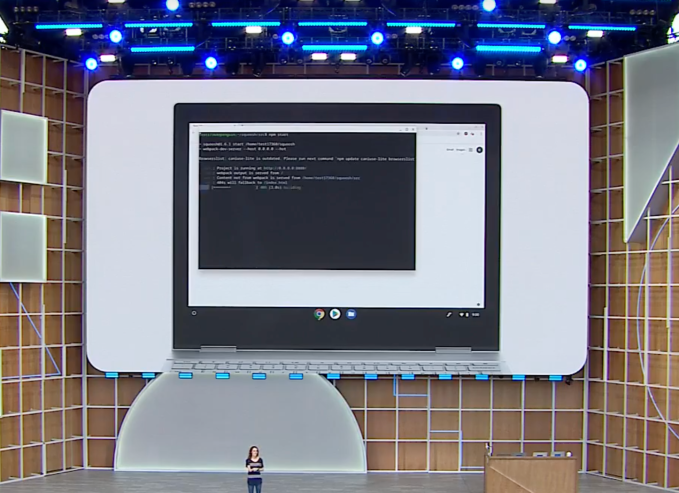Google today announced a change coming to Chrome that will help image-heavy websites load more quickly — but the addition for now is only available in the experimental version of the web browser, Chrome Canary. Explained Chrome Product Manager Tal Oppenheimer, speaking at the Google I/O conference on Tuesday, the company is rolling out a new way to create a better image loading experience on websites that leverages “lazy loading” — a technique that only loads images on a website when they’re actually needed.
“Modern websites are more visual than ever, using lots of beautiful high resolution imagery,” said Oppenheimer. “But loading all those images at once can slow down the browser, and can waste the user’s data by loading unnecessary images that the user never actually sees,” she continued. “So it’s often better to load images only as they’re actually needed — a technique known as ‘lazy loading.’ We know it can be a lot of work for developers to use their own JavaScript solutions. And it can be hard to get the quality experience you want for your business. So we wanted to make it incredibly simple to have a great image loading experience on your site,” Oppenheimer added.
Starting today behind a flag in Chrome Canary (loading=”lazy”), you can try out the new image loading experience after adding the new loading attributes to your image tags. Chrome then takes care of the rest by taking into account factors like the user’s connection speed to determine when to load images. It will also check the first two kilobytes of the different images on the site in order to add a placeholder in the right size.
The end result is a smoother experience for image heavy websites, all without the need to write any extra code to enable this image loading experience.

The feature makes sense for those using the web browser with limited connectivity, where trying to browse today’s media rich web can really slow things down. This would allow those users to reach all the same websites as those with high speed connections with fewer issues.
The company didn’t say when such a feature would make its way out of the experimental version of Chrome to the flagship product.
Read Full Article

No comments:
Post a Comment